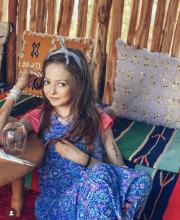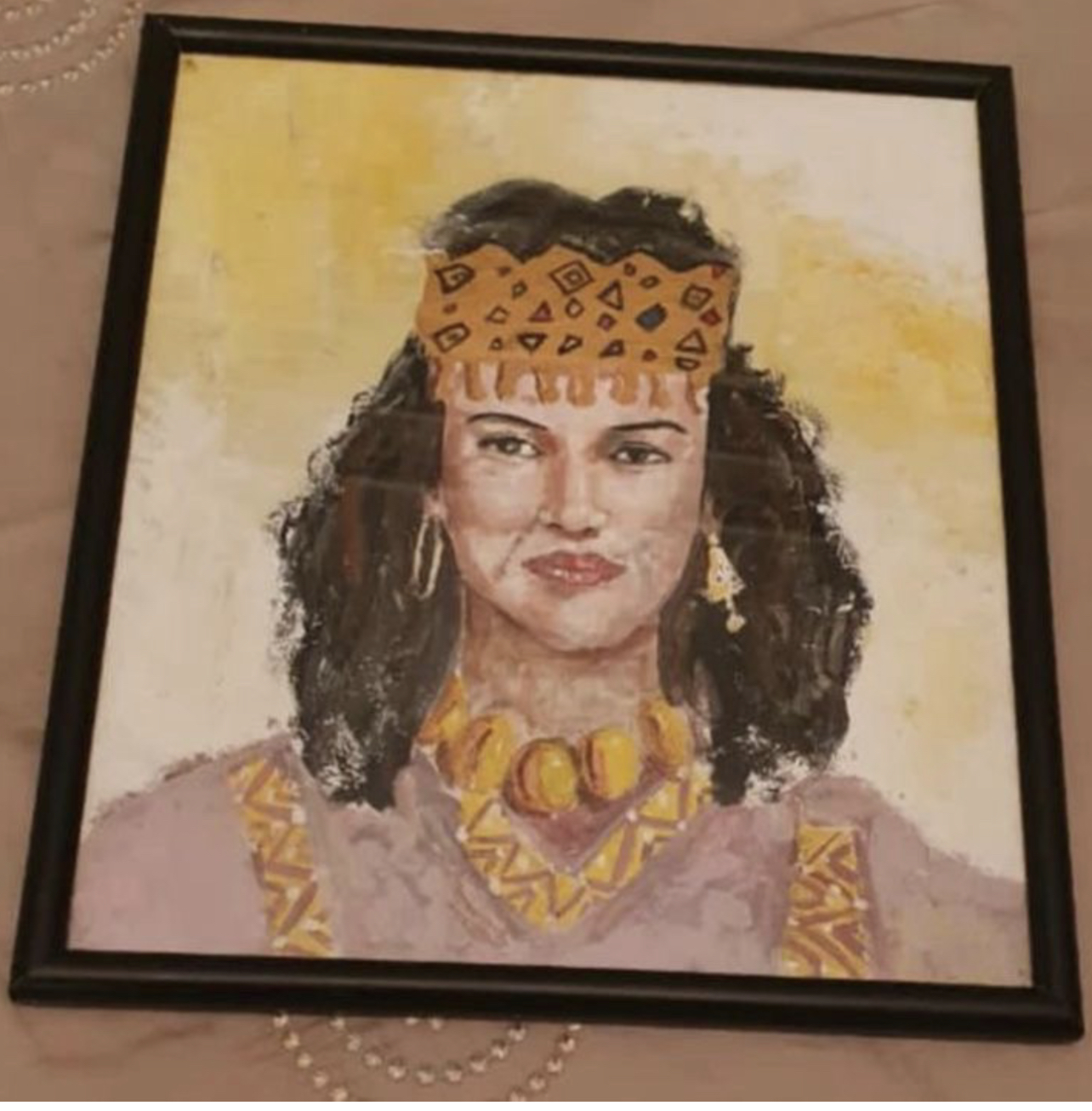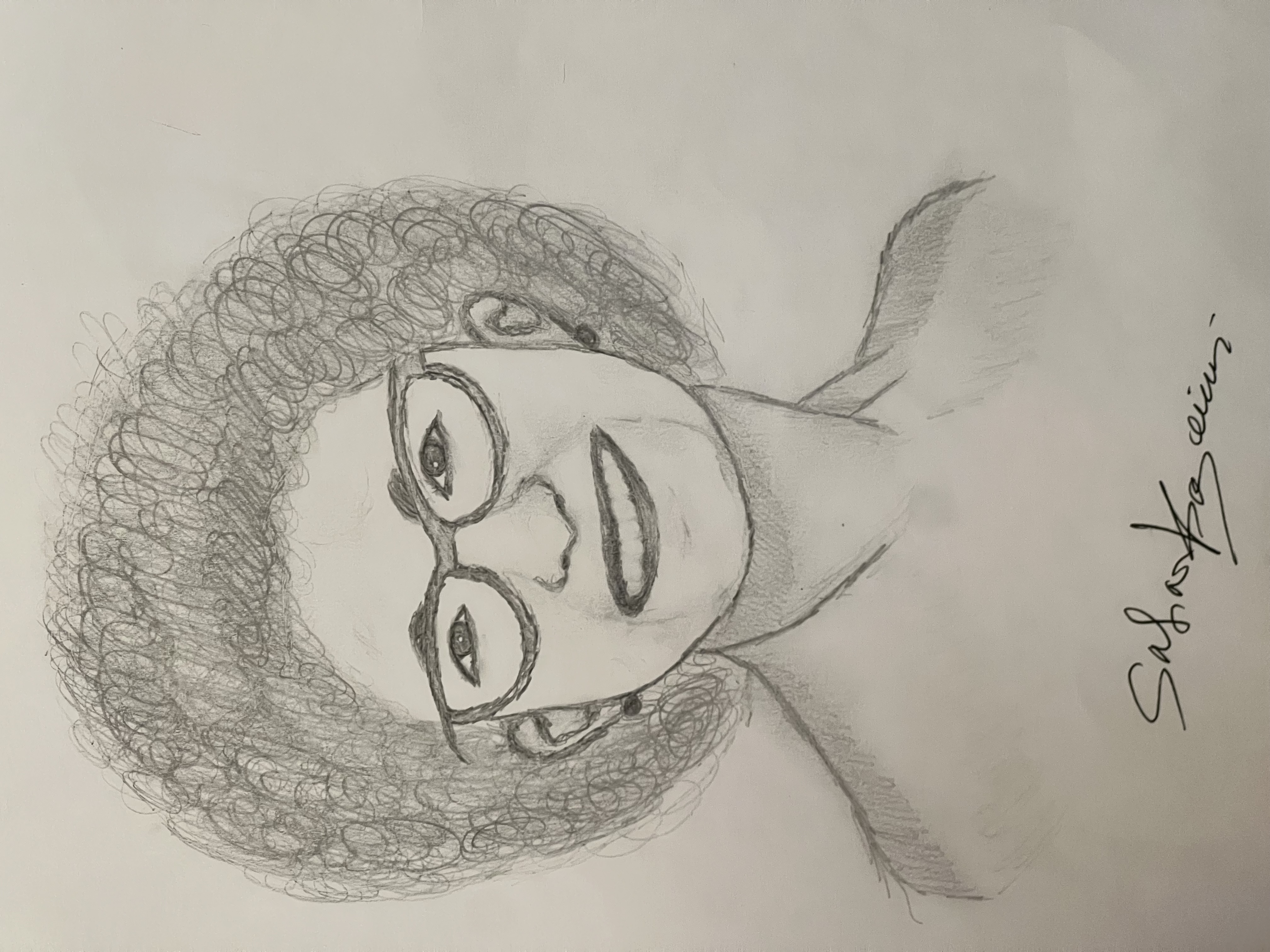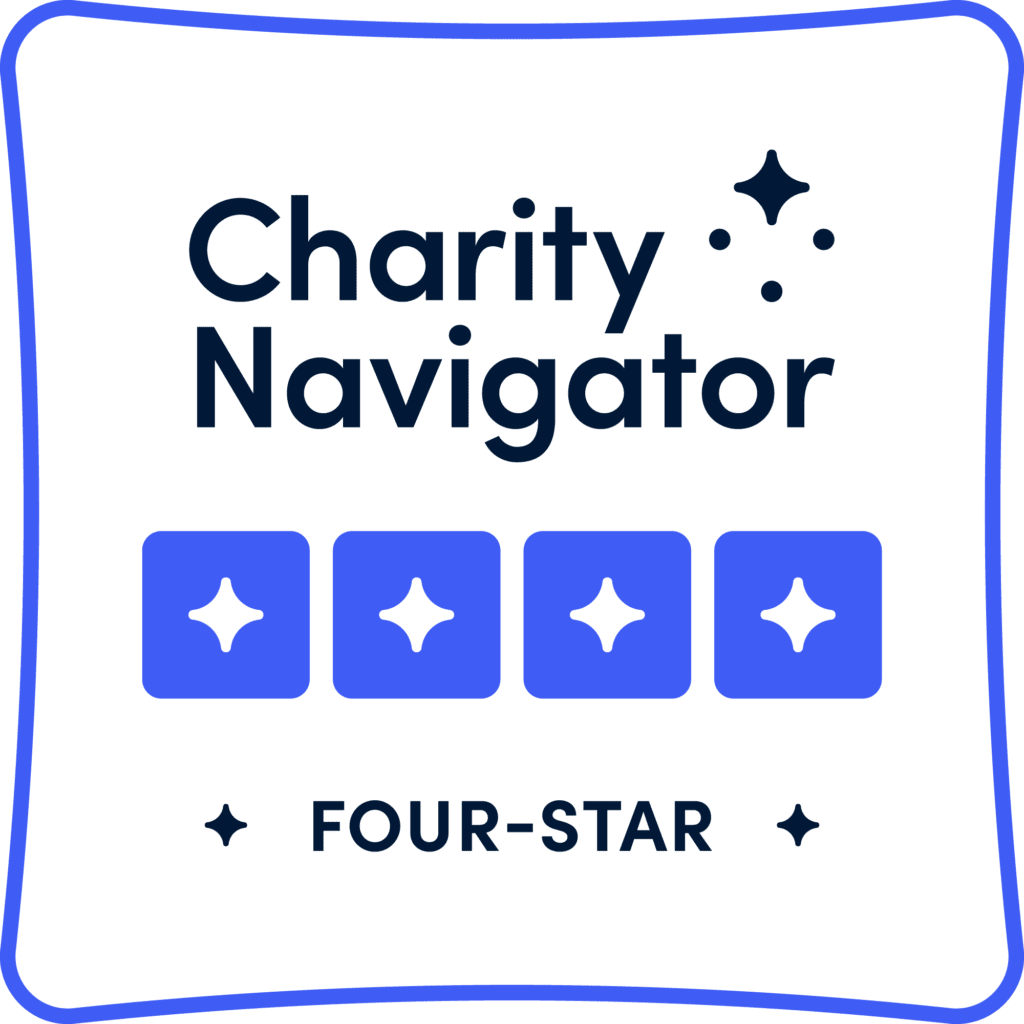Living Creatively with Epidermolysis Bullosa (EB)

Featuring Sahar Kazouini and Dr. Amy Paller
Interview By: Dr. Vijaytha Muralidharan and debra of America
Living with Epidermolysis Bullosa (EB) brings unique challenges that can affect daily life, from physical pain to financial distress and emotional strain. For many, creativity becomes not only a source of joy but a powerful tool in managing the challenges of this rare condition. Sahar Kazouini, an artist living with Recessive Dystrophic Epidermolysis Bullosa (RDEB), and Dr. Amy Paller, Chair of the Department of Dermatology at Northwestern Feinberg School of Medicine, share their insights on how creativity offers a meaningful outlet for those living with EB.
Sahar’s journey with art began in childhood. “When I was in elementary school, I always found myself drawing on white paper whatever I saw, and then I discovered my talent for drawing,” she shares. What started as a hobby evolved over the years, especially during the Covid-19 lockdown. “I had enough time which helped me take lessons via YouTube, which honed my talent."
Despite the physical challenges RDEB presents, Sahar has found ways to adapt her art-making process. "With the disease, it is difficult for me to draw at any time and for continuous hours because I feel tired, and my hands hurt. But with time, I adapted to the situation and draw as much as I can," she explains. While Sahar has expanded her skills from black-and-white sketches to vibrant colored works, drawing faces remains her favorite style.

For Sahar, art is much more than just a creative pursuit —it’s a source of emotional release and a way to improve her mental health. "Art has a great impact on my life. It has shown me that life has meaning, and it makes me forget my sorrows."
Dr. Amy Paller, who has worked with many families affected by EB, echoes Sahar’s experience, emphasizing the important role creativity plays in building self-esteem and reducing feelings of isolation. “With chronic diseases, whether we’re talking about EB or other chronic diseases, there is very much an effect on one’s own development of self-esteem, and poor self-esteem contributes to increased anxiety and depression,” she explains. “There are fewer opportunities to be interfacing, as many of our kids with EB are home-schooled or cannot participate in activities like sports, which become an important component of one’s development of self-esteem.”
Dr. Paller sees creativity as a tool to overcome these hurdles. “Creativity and recognizing what one can do, and do fairly well, is critically important in helping to build up that self-esteem,” she notes. “It gives you more outlets for being able to feel good about yourself.”
For individuals who may face physical limitations, art —whether through drawing, sculpting, music, or writing —provides an accessible way to express emotions, develop skills, and connect with others. "It’s a way to give positive feedback for something that takes the child’s mind away from the disease," Dr. Paller explains.

“[Whatever art form it may be], the important thing is for them to enjoy their talents and find an outlet in the midst of the difficult life they face,” Sahar adds.
For healthcare providers, Dr. Paller emphasizes the importance of recognizing creativity as a treatment tool for the emotional and mental health aspects of living with EB. “This could be something that you would bring up in a standard visit, for example, you ask, ‘what are you doing for fun?’ and hopefully an answer will come up that could be pursued and encouraged, or if not, try to suggest some of these creative outlets.”
Creativity offers a powerful means of expression for those living with EB. By integrating creative activities into their lives, individuals can find new ways to manage their daily challenges and improve their overall quality of life.
Looking to get more creative? Here are some ideas to inspire you:
- Drawing and Painting: Start with simple sketches or painting using soft pencils or pastels. Digital drawing tablets can also be a great option.
- Digital Art: Explore graphic design or digital painting using software like Procreate.
- Photography: Capture the world through your lens.
- Writing and Poetry: This can be done digitally to reduce physical strain.
- Music: Sing or play instruments that don’t require a lot of hand movement, as a keyboard does.
- Video Creation: Make short films, vlogs, or animations to tell stories or share experiences.
- Scrapbooking or Collage-Making: Create visual stories using photos and cutouts.
- Dance or Movement: For those with more mobility, dance or even seated dance can be a fun way to express themselves through movement.
Follow Sahar's journey on Instagram, where she shares her art and personal life.
A heartfelt thank you to Sahar, Dr. Paller, and Dr. Vijaytha Muralidharan, IEC Clinical Fellow, Northwestern University Department of Dermatology, for contributing to this insightful blog post!



